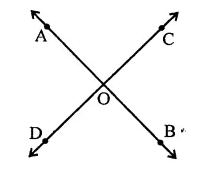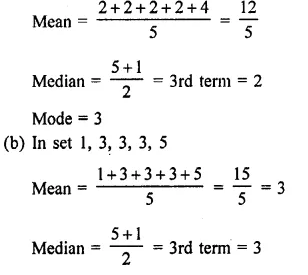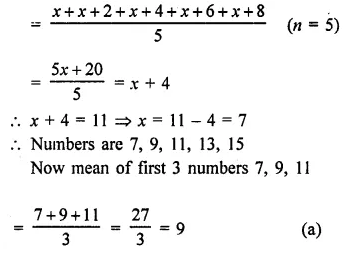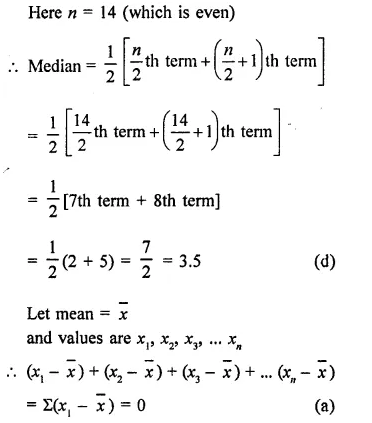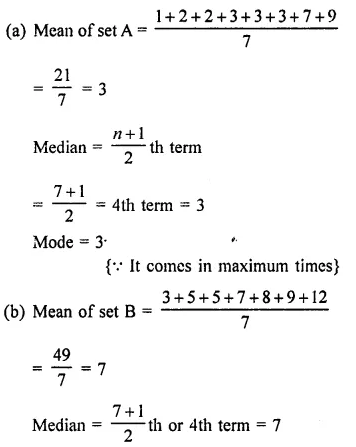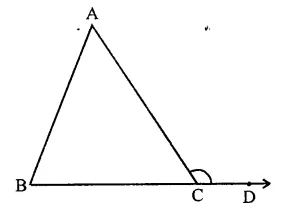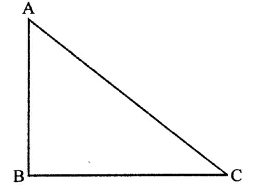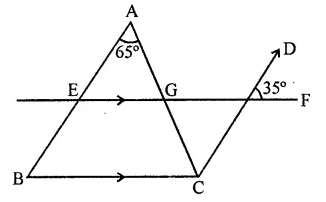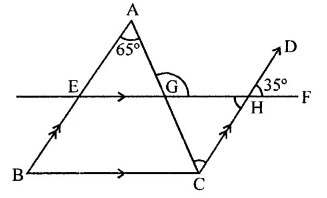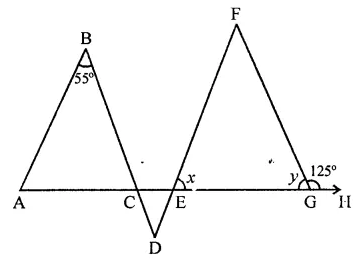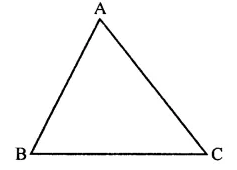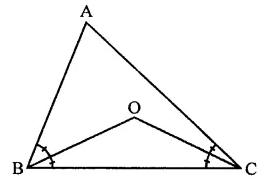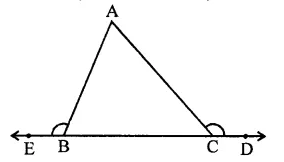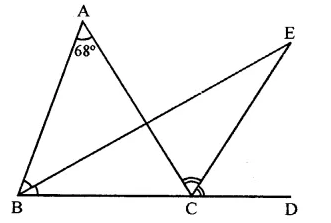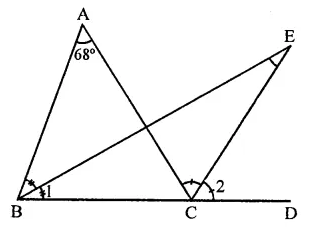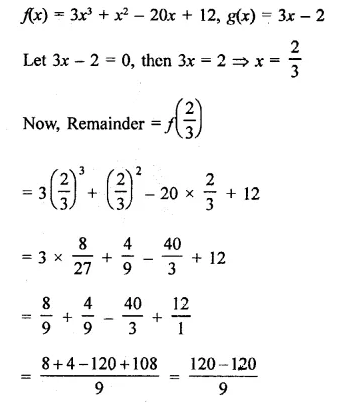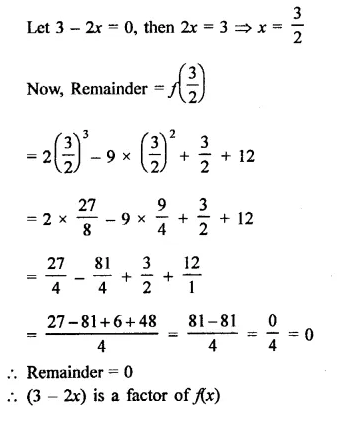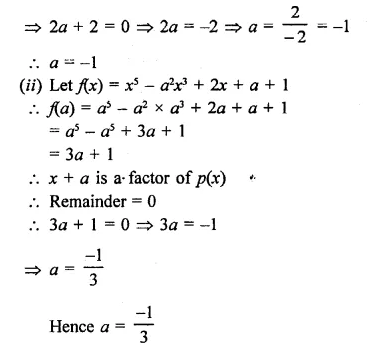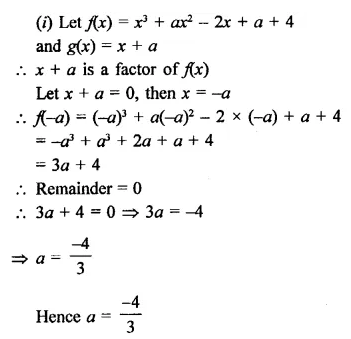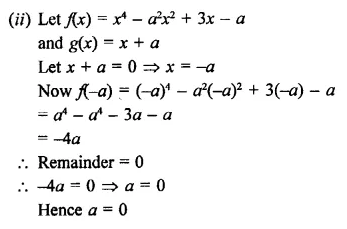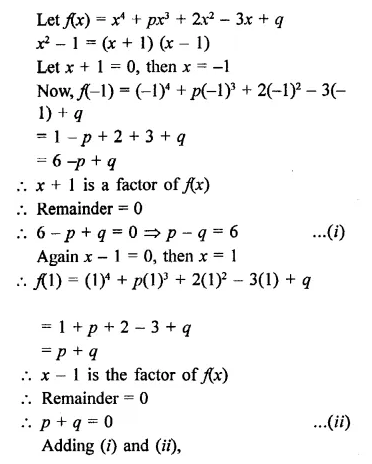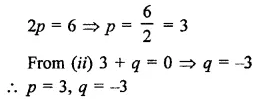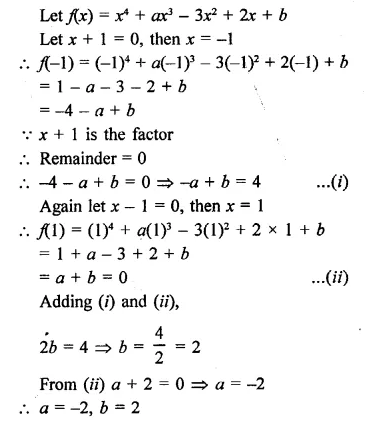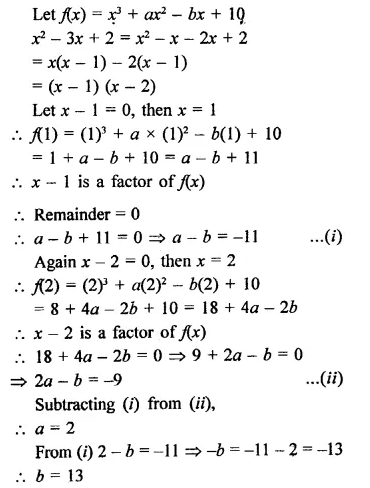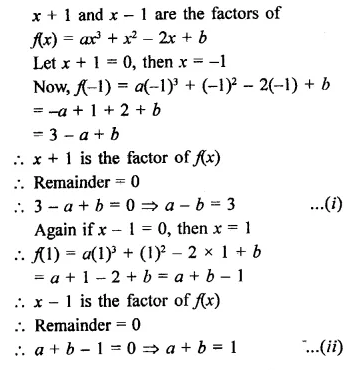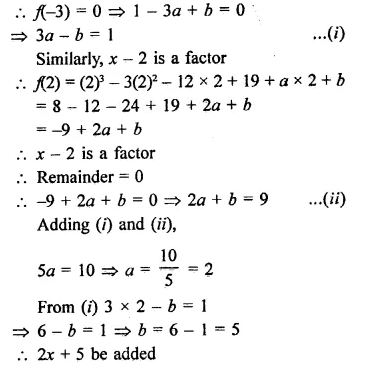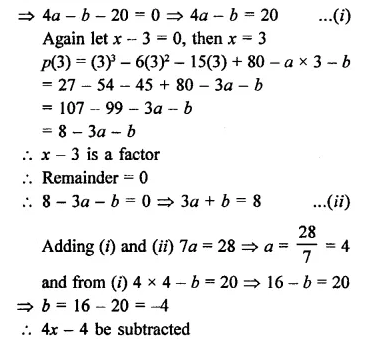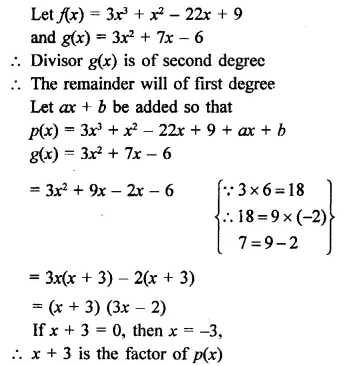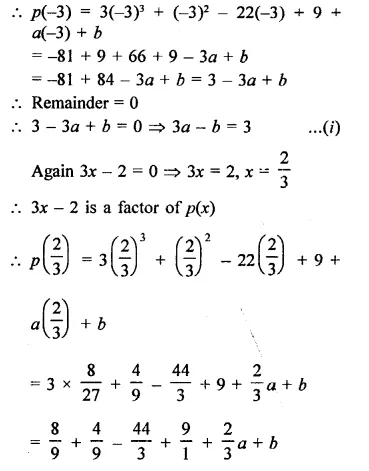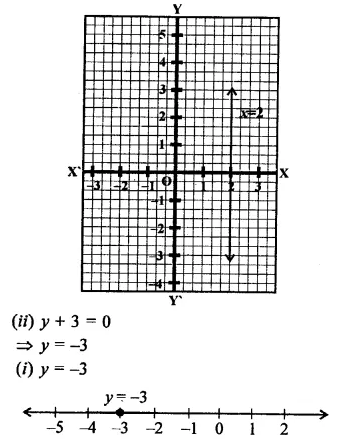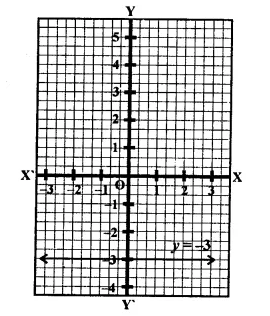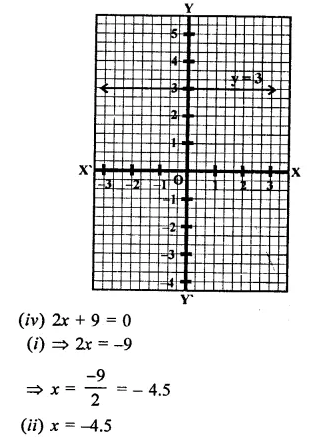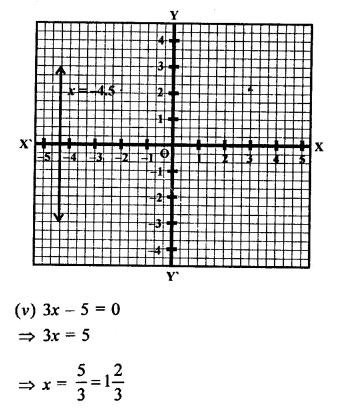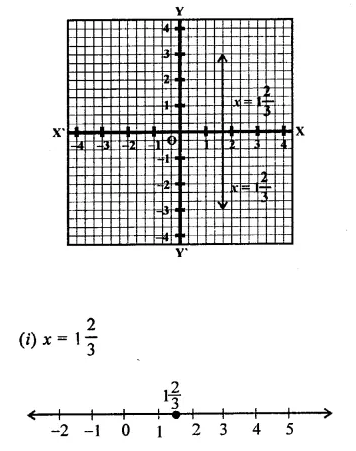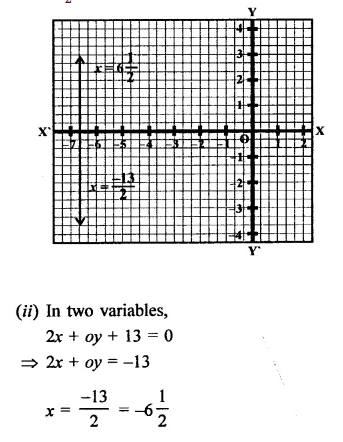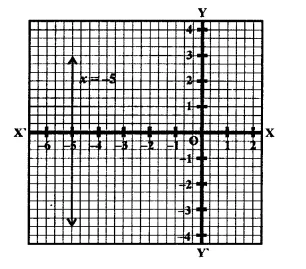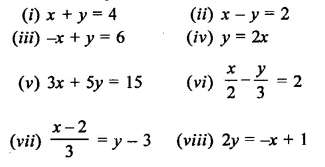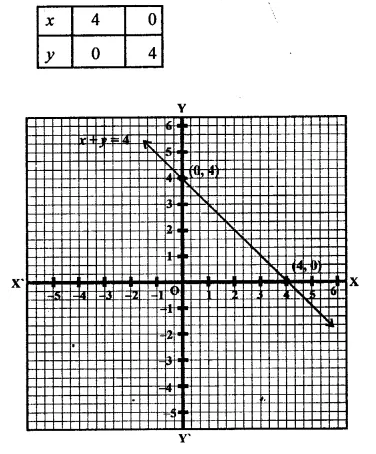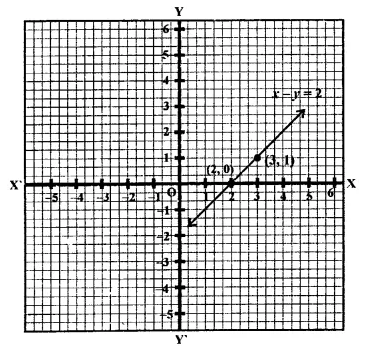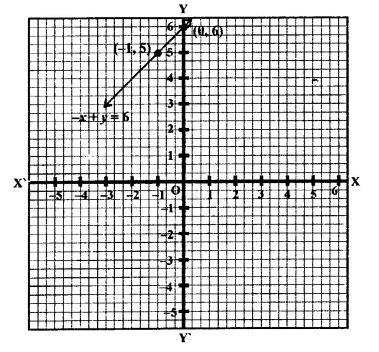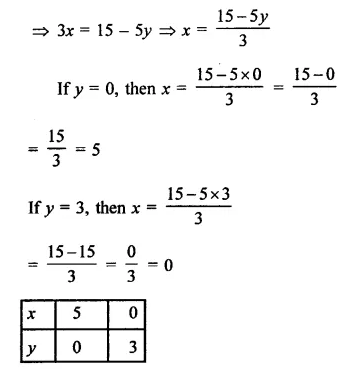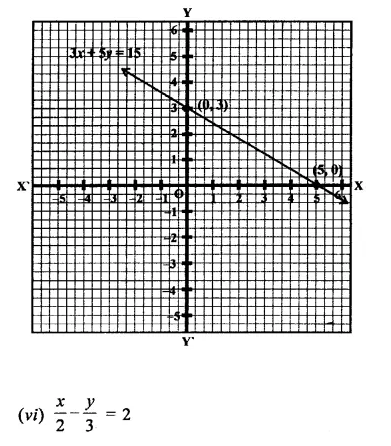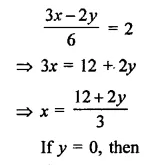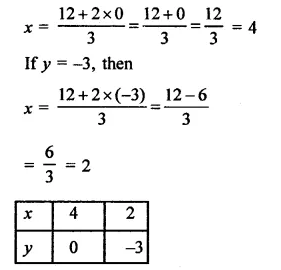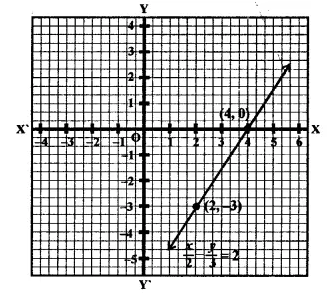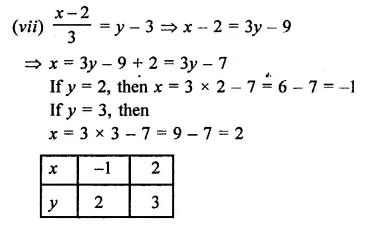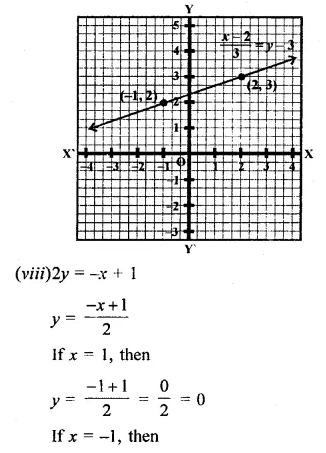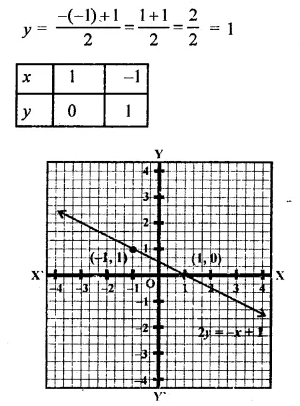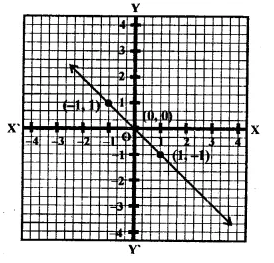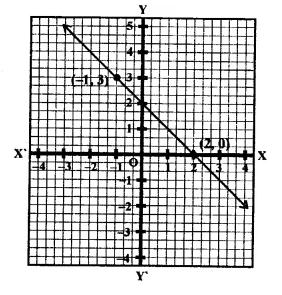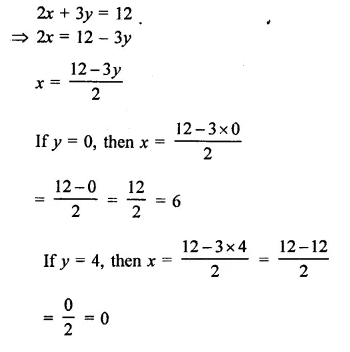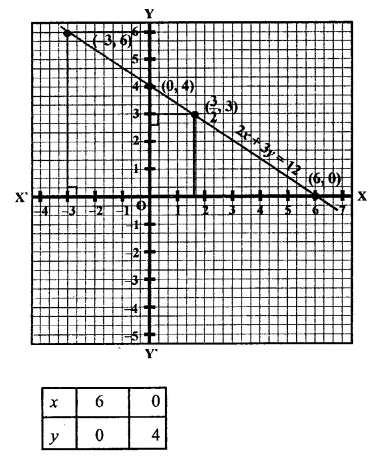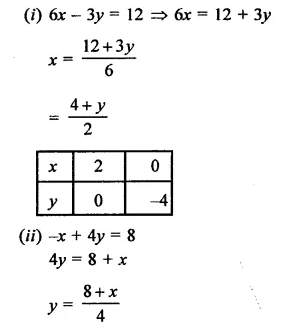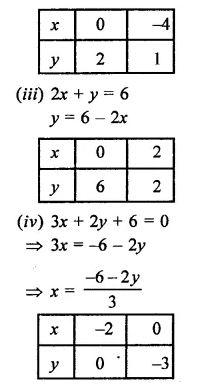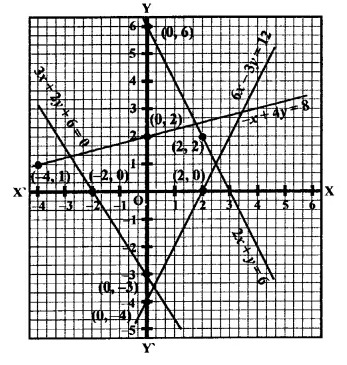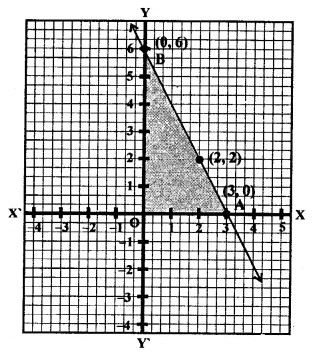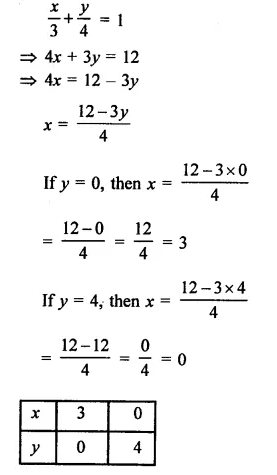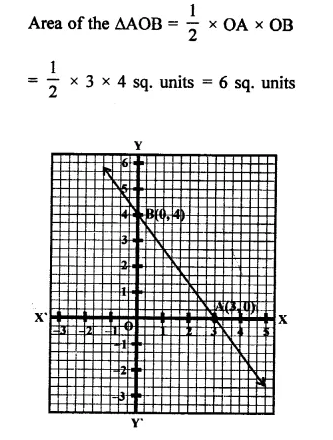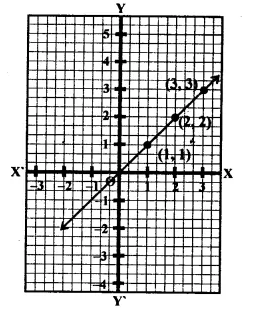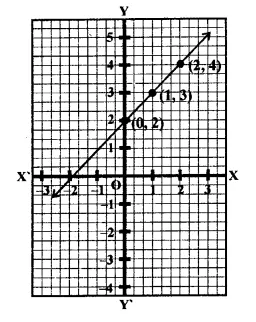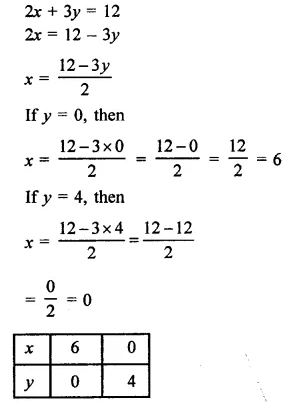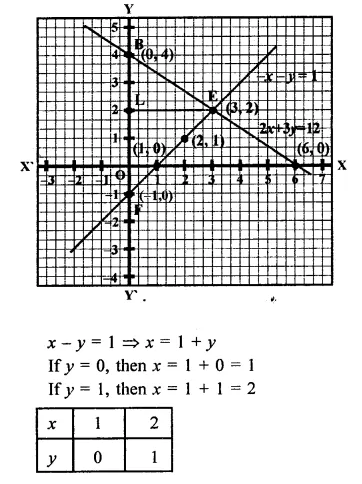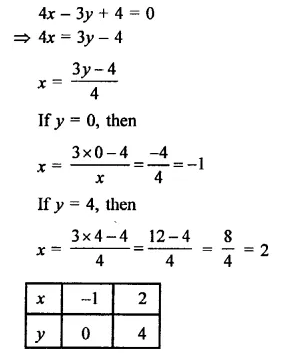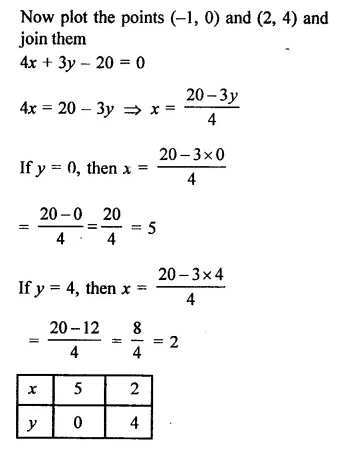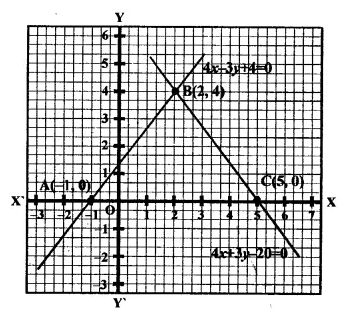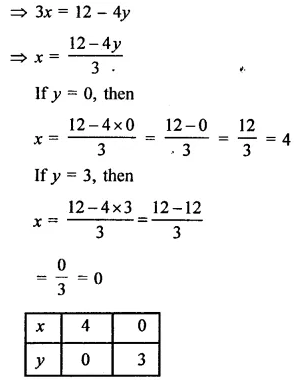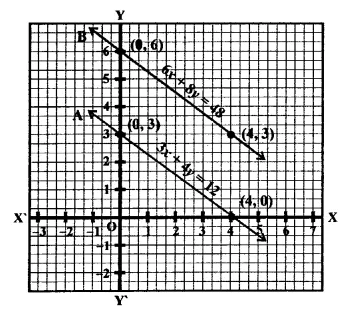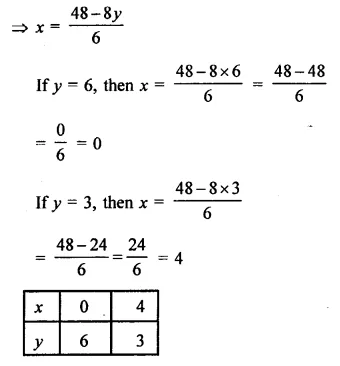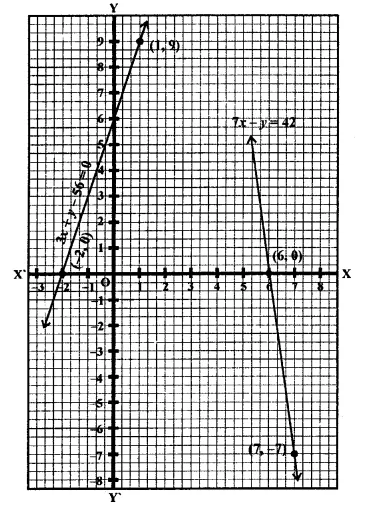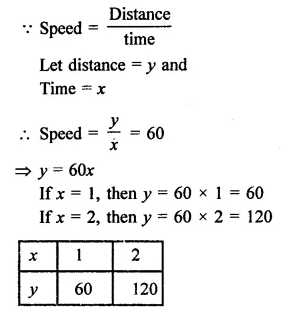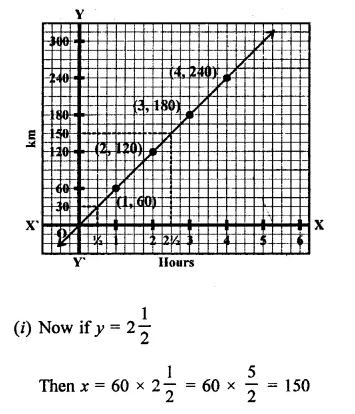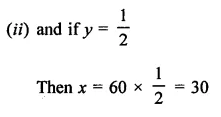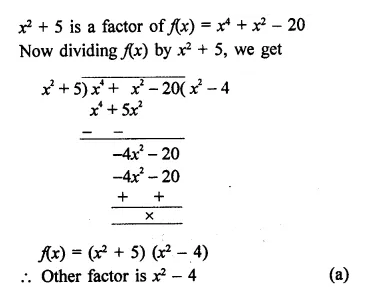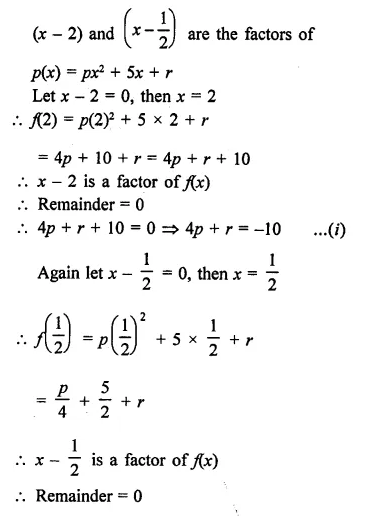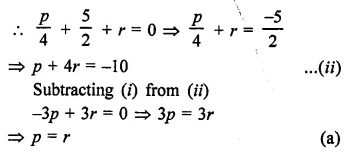RD Sharma Class 9 Solutions Chapter 24 Measures of Central Tendency Ex 24.3
These Solutions are part of RD Sharma Class 9 Solutions. Here we have given RD Sharma Class 9 Solutions Chapter 24 Measures of Central Tendency Ex 24.3
Other Exercises
- RD Sharma Class 9 Solutions Chapter 24 Measures of Central Tendency Ex 24.1
- RD Sharma Class 9 Solutions Chapter 24 Measures of Central Tendency Ex 24.2
- RD Sharma Class 9 Solutions Chapter 24 Measures of Central Tendency Ex 24.3
- RD Sharma Class 9 Solutions Chapter 24 Measures of Central Tendency Ex 24.4
- RD Sharma Class 9 Solutions Chapter 24 Measures of Central Tendency VSAQS
- RD Sharma Class 9 Solutions Chapter 24 Measures of Central Tendency MCQS
Find the median of the following data (1-8)
Question 1.
83, 37, 70, 29, 45, 63, 41, 70, 34, 54
Solution:
We know that median = \(\frac { 1 }{ 2 } \left[ \frac { n }{ 2 } th\quad term+\left( \frac { n }{ 2 } +1 \right) th\quad term \right] \)
(When n is even)
= \(\frac { n+1 }{ 2 } th\quad term\)
83, 37, 70, 29, 45, 63, 41, 70, 34, 54
Arranging in ascending order, 29, 34, 37, 41, 45, 54, 63, 70, 70, 83
Here n = 10 which an even
Median = \(\frac { 1 }{ 2 } \)[5th term + 6th term]
= \(\frac { 1 }{ 2 } \) (45+54) = \(\frac { 99 }{ 2 } \) = 49.5
Question 2.
133, 73, 89, 108, 94, 104, 94, 85, 100, 120
Solution:
133, 73, 89, 108, 94, 104, 94, 85, 100, 120
Arranging in ascending order, 73, 85, 89, 94, 94, 100, 104, 108, 120, 133
Here n = 10 which is an even
Median = \(\frac { 1 }{ 2 } \)[5th term + 6th term]
= \(\frac { 1 }{ 2 } \) (94+100) = \(\frac { 1 }{ 2 } \) x 194 = 97
Question 3.
31, 38, 27, 28, 36, 25, 35, 40
Solution:
31, 38, 27, 28, 36, 25, 35, 40
Arranging in ascending order, 25, 27, 28, 31, 35, 36, 38, 40
Here n = 8 which is even
Median = \(\frac { 1 }{ 2 } \)[4th term + 5th term]
= \(\frac { 1 }{ 2 } \) (31+35) = \(\frac { 1 }{ 2 } \) x 66 = 33
Question 4.
15, 6, 16, 8, 22, 21, 9, 18, 25
Solution:
15, 6, 16, 8, 22, 21, 9, 18, 25
Arranging in ascending order = 6, 8, 9, 15, 16, 18, 21, 22, 25
Here n = 9 which is odd
Median \(\frac { n+1 }{ 2 } th\quad term\) = \(\frac { 9+1 }{ 2 } th\quad term\) = \(\frac { 10 }{ 2 } th\quad \)
= 5th term = 16
Question 5.
41, 43, 127, 99, 71, 92, 71, 58, 57
Solution:
41, 43, 127, 99, 71, 92, 71, 58, 57
Arranging in ascending order = 41, 43, 57, 58, 71, 71, 92, 99, 127
Here n = 9 which is an odd
Median \(\frac { n+1 }{ 2 } th\quad term\) = \(\frac { 9+1 }{ 2 } th\quad term\) = \(\frac { 10 }{ 2 } th\quad\)
= 5th term = 71
Question 6.
25, 34, 31, 23, 22, 26, 35, 29, 20, 32
Solution:
25, 34, 31, 23, 22, 26, 35, 29, 20, 32
Arranging in ascending order = 20, 22, 23, 25, 26, 29, 31, 32, 34, 35
Here n = 10 which is even
Median = \(\frac { 1 }{ 2 } \left[ \frac { n }{ 2 } th\quad term+\left( \frac { n }{ 2 } +1 \right) th\quad term \right] \)
= \(\frac { 1 }{ 2 } \) [5th term + 6th term]
= \(\frac { 1 }{ 2 } \) (26 + 29) = \(\frac { 1 }{ 2 } \) x 55 = \(\frac { 55 }{ 2 } \) = 27.5
Question 7.
12, 17, 3, 14, 5, 8, 7, 15
Solution:
12, 17, 3, 14, 5, 8, 7, 15
Arranging in ascending order = 3, 5, 7, 8, 12, 14, 15, 17
Here n = 8 which is odd
Median = \(\frac { 1 }{ 2 } \left[ \frac { n }{ 2 } th\quad term+\left( \frac { n }{ 2 } +1 \right) th\quad term \right] \)
= \(\frac { 1 }{ 2 } \) [4th term + 5th term]
= \(\frac { 1 }{ 2 } \) (8+12) = \(\frac { 1 }{ 2 } \) x 20 = 10
Question 8.
92, 35, 67, 85, 72, 81, 56, 51, 42, 69
Solution:
92, 35, 67, 85, 72, 81, 56, 51, 42. 69
Arranging in ascending order = 35, 42, 51, 56, 67, 69, 72, 81, 85, 92
Here n = 10 which is even
Median = \(\frac { 1 }{ 2 } \left[ \frac { n }{ 2 } th\quad term+\left( \frac { n }{ 2 } +1 \right) th\quad term \right] \)
= \(\frac { 1 }{ 2 } \) [5th term + 6th term]
= \(\frac { 1 }{ 2 } \) (67+69) = \(\frac { 1 }{ 2 } \) x 136 = 68
Question 9.
Numbers 50, 42, 35, 2x + 10, 2x – 8, 12, 11, 8 are written in descending order and their median is 25, find x.
Solution:
50, 42, 35, 2x + 10, 2x – 8, 12, 11, 8 are in descending order
Here n = 8 which is even
Now Median = \(\frac { 1 }{ 2 } \left[ \frac { n }{ 2 } th\quad term+\left( \frac { n }{ 2 } +1 \right) th\quad term \right] \)
= \(\frac { 1 }{ 2 } \) [4th term + 5th term] = \(\frac { 1 }{ 2 } \)[2x + 10 + 2x – 8]
= \(\frac { 1 }{ 2 } \) [4x + 2] = 2x + 1
But median = 25
2x + 1 = 25
=> 2x = 25 – 1 = 24
=> \(\frac { 24 }{ 2 } \) = 12
Hence x = 12
Question 10.
Find the median of the following observations 46, 64, 87, 41, 58, 77, 35, 90, 55, 92, 33. If 92 is replaced by 99 and 41 by 43 in the above data, find the new median?
Solution:
46, 64, 87, 41, 58, 77, 35, 90, 55, 92, 33
Writing in ascending order = 33, 35, 41, 46, 55, 58, 64, 77, 87, 90, 92
Here n = 11 which is odd
Median = \(\frac { n+1 }{ 2 } \) th term
= \(\frac { 11+1 }{ 2 } \) = \(\frac { 12 }{ 2 } \)
= 6th term = 58
By replacing 92 by 93 and 41 by 43, then new order will be
33, 35, 43, 46, 55, 58, 64, 77, 87, 90, 99
Median = 6th term = 58
Question 11.
Find the median of the following data : 41, 43, 127, 99, 61, 92, 71, 58, 57. If 58 is replaced by 85, what will be the new median.
Solution:
41, 43, 127, 99, 61, 92, 71, 58, 57
Arranging in ascending order = 41, 43, 57, 58, 61, 71, 92, 99, 127
Here n = 9 which is odd
Median = \(\frac { n+1 }{ 2 } \) th term = \(\frac { 9+1 }{ 2 } \) th term
= \(\frac { 10 }{ 2 } \) = 5th term = 61
By change 58 by 92, we get new order = 41, 43, 57, 61, 71, 92, 92, 99, 127
Median = 5th term = 71
Question 12.
The weights (in kg) of 15 students are : 31, 35, 27, 29, 32, 43, 37, 41, 34, 28, 36, 44, 45, 42, 30. Find the median. If the weight 44 kg is replaced by 46 kg and 27 kg by 25 kg, find the new median.
Solution:
Weights of 15 students are 31, 35, 27, 29, 32, 43, 37, 41, 34, 28, 36, 44, 45, 42, 30
Writing in ascending order = 27, 28, 29, 30, 31, 32, 34, 35, 36, 37, 41, 42, 43, 44, 45
here n = 15 which is odd
n+1 15+1
Median = \(\frac { n+1 }{ 2 } \) th term = \(\frac { 15+1 }{ 2 } \)
= \(\frac { 16 }{ 2 } \)th term = 8th term = 35 kg
By replacing 44 kg by 46 kg and 27 kg by 25 kg we get new order,
25, 28, 29, 30, 31, 32, 34, 35, 36, 37, 41, 42, 43, 45, 46
Median = 8th term = 35 kg
Question 13.
The following observations have been arranged in ascending order. If the median of the data is 63, find the value of x: 29, 32, 48, 50, x, x + 2, 72, 78, 84, 95
Solution:
Median = 63
29, 32, 48, 50, x, x + 2, 72, 78, 84, 95
Here n = 10 which is even
median = \(\frac { 1 }{ 2 } \left[ \frac { n }{ 2 } th\quad term+\left( \frac { n }{ 2 } +1 \right) th\quad term \right] \)
= \(\frac { 1 }{ 2 } \left[ \frac { 10 }{ 2 } th\quad term+\left( \frac { 10 }{ 2 } +1 \right) th\quad term \right] \)
= \(\frac { 1 }{ 2 } \) [5th term + 6th term]
= \(\frac { 16 }{ 2 } \) [x+x+2] = \(\frac { 2x + 2 }{ 2 } \) = x + 1
x + 1 = 63 = x = 63 – 1 = 62
Hence x = 62
Hope given RD Sharma Class 9 Solutions Chapter 24 Measures of Central Tendency Ex 24.3 are helpful to complete your math homework.
If you have any doubts, please comment below. Learn Insta try to provide online math tutoring for you.
